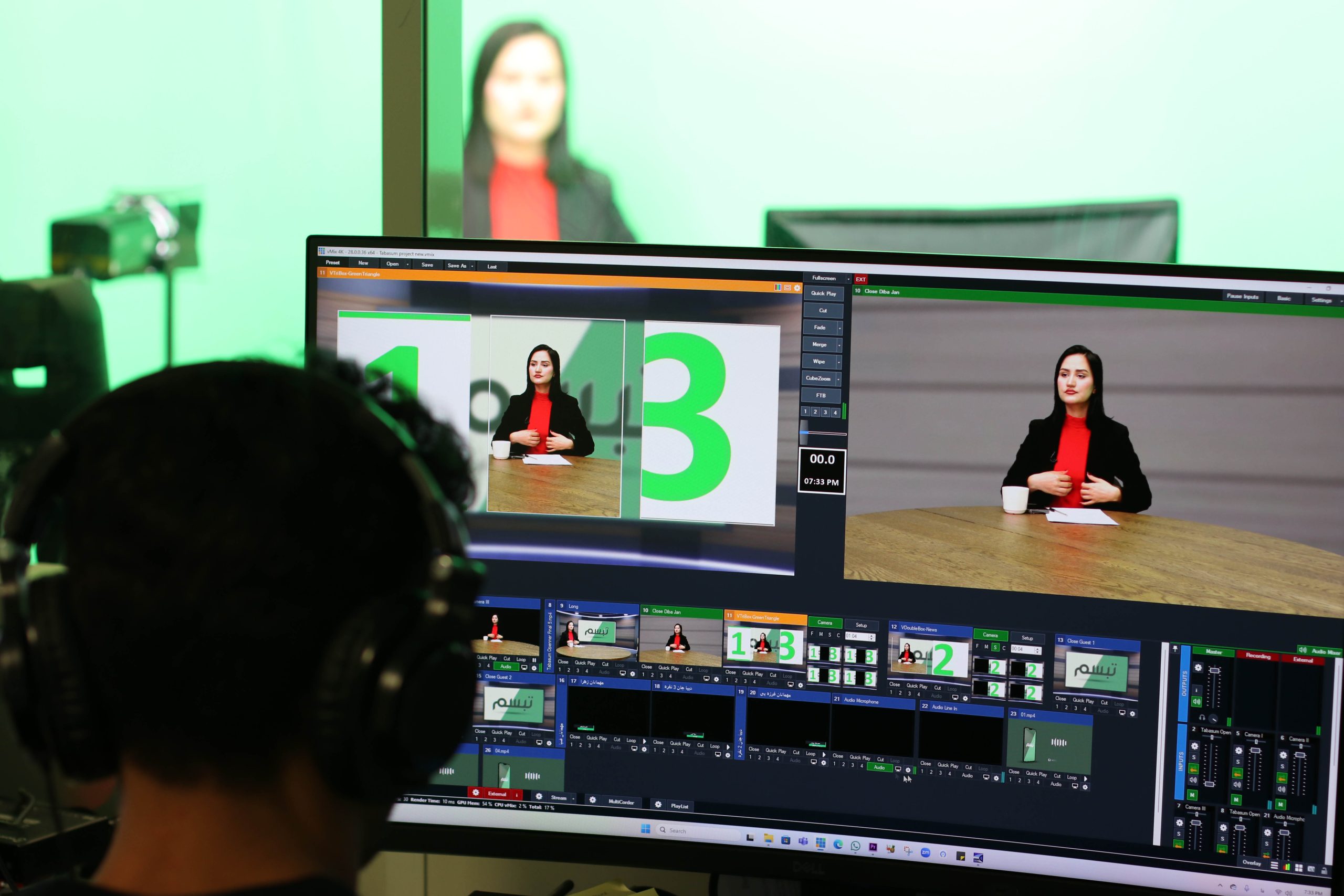 The whistleblowers’ website goes mainstream — reconfiguring ideas of journalism, transparency, openness and security in the internet age. Jillian C York reports
The whistleblowers’ website goes mainstream — reconfiguring ideas of journalism, transparency, openness and security in the internet age. Jillian C York reports
A year ago, Wikileaks was probably best known for publishing Sarah Palin’s personal e-mails, leaked to the site by internet activist group “anonymous.” An amorphous, international organisation founded in 2007, Wikileaks almost didn’t make it, suspending traffic to its site in late 2009 until it could raise enough funds to cover operational costs.
Then, on April 5 2010, Wikileaks released classified US military footage of 2007 airstrikes that killed two Iraqi Reuters journalists; dubbed “Collateral Murder,” the release captivated the media garnering a mixed bag of reactions. While some outlets reported on the airstrikes anew, others were quick to criticize Wikileaks and spokesman Julian Assange for the video’s heavy editorial slant.
Now, nearly four months later, Wikileaks has emerged as a citizen media superpower after releasing what Assange calls “the nearest analogue to the Pentagon Papers”: 91,731 internal US military logs of the War in Afghanistan, considered to be one of the largest leaks in US history. The logs reveal a huge amount of information: on civilian deaths, increased Taliban attacks, and alleged involvement by Pakistan and Iran in the Afghan insurgency.
Though the logs would have amassed attention on their own, it is perhaps not the logs themselves, but the manner in which they were released that has contributed to Wikileaks sudden gain in prominence, and credibility. Rather than go it on their own and risk further accusations of slant, the organisation instead released the full logs to prominent newspapers in three countries — the New York Times, Germany’s Der Speigel, and the UK’s Guardian — essentially giving the outlets no choice but to report on the story: if they didn’t, Wikileaks would have released the logs regardless.
Wikileaks undoubtedly set out to change the game, but the question remains: has it? With a slightly tarnished reputation in respect to its objectivity and the fact that Assange is allegedly being hunted by the Pentagon, the response to this latest leak suggests Wikileaks’ model is a success.
One reason for that might be the organisation’s “statelessness,” as NYU journalism professor Jay Rosen notes: Wikileaks is able to switch servers at any given time, putting it out of the reach of national legal systems.
Another is its objectivity on the Afghanistan logs. Though the White House criticised Wikileaks sharply for being “against the war in Afghanistan” and thus a non-objective source, the New York Times has stated that Wikileaks was not involved in research, reporting, analysis, and writing of their reports, therefore the White House claim applies only to the release of the documents, a seeming jab against transparency, which Assange has stated Wikileaks sees as “the way to justice.”
In a world where mainstream media seems to be increasingly under the thumb of corporate and political interests, Wikileaks is indeed a gamechanger, available at any moment to do the whisteblowing dirty work. But Wikileaks still isn’t totally free: under pressure from the White House, the New York Times urged Wikileaks to withhold certain details from its website; Wikileaks had already admitted to withholding 15,000 documents until it could redact the names of individuals whose safety could be jeopardised.
Ultimately though, it is the internet that allows Wikileaks to hold the reigns. If the New York Times refused a story, thousands of other organisations and even bloggers would be there to pick up the slack. Thus, Wikileaks can’t lose; it knows that whatever comes its way, it will have a captive audience.
Jillian C York writes about free expression, politics, and the Internet, with particular focus on the Arab world. She works at the Berkman Center for Internet & Society at Harvard University.




